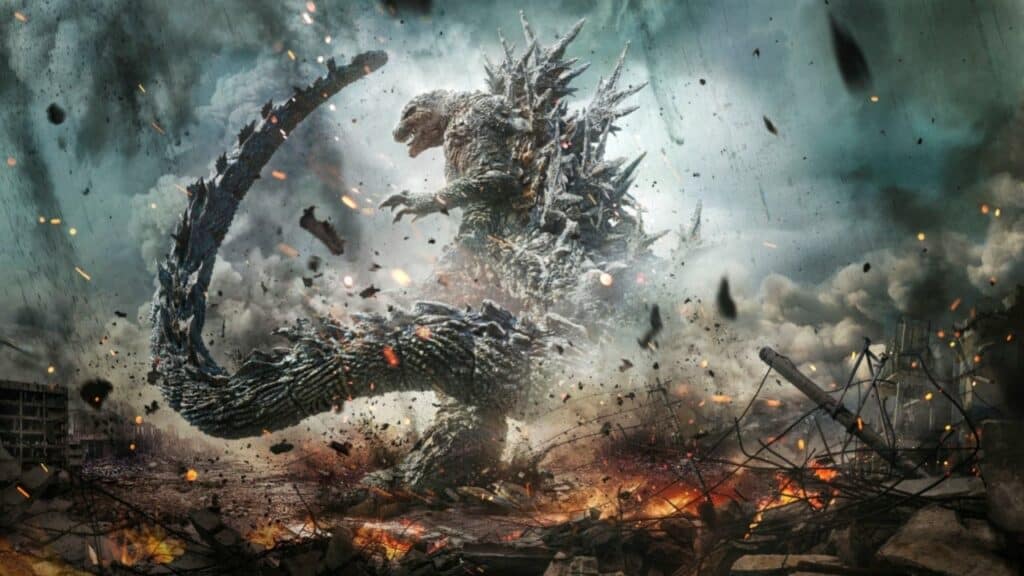
Godzilla Minus One Enters A New Age For Godzilla
As a diehard Godzilla fan, I went into Godzilla Minus One as excited as I’ve been for every single film I’ve ever watched. From the initial film which talks about the dread and panic following WWII, the campy superhero he became during the Showa Era Godzilla films, to the Monsterverse which, while fun, isn’t exactly the most tactful film series, Godzilla has gone through it’s ebbs and flows, but Godzilla Minus One brings something to the series that hasn’t been seen before.
Before I go further, I won’t get too much into specifics of the film, but there will be major discussions about the film itself, so… SPOILER ALERT!!!!
The film goes back to the original format of Godzilla representing the post-Hiroshima and Nagasaki Japan and the foreboding sense of doom that lingers over the country as they rebuild, but Godzilla Minus One adds a new dimension to the series. It’s main character, Shikishima, is a kamikaze pilot who fakes engine issues to abandon the mission, freezes when Godzilla attacks his base, killing everyone but him and a mechanic, and is branded a coward. He returns home to see the damage left behind, the neighbors who lost loved ones, and his own family that’s dead. He meets a young woman named Noriko and adopted a child who’s parents died during the war. Though they create an unorthodox family, Shikishima is plagued by guilt not only from abandoning his mission, but he is unsure he deserves to live.
Throughout the film, as Godzilla attacks, he and the survivors are trapped by perpetual suffering and guilt as they see the war hasn’t left them, and how he’s being haunted by a monster he couldn’t stop. But as the country bands together, they’re not fighting to win, they’re fighting for life. This idea is the strength of the film. It calls into question the morality behind fighting and what the people were fighting for. It doesn’t brand anyone a good guy or bad guy, but allows the actual action and what it leaves behind as the true villain. In the years before Godzilla’s attacks, the country is still rebuilding and reclaiming life following a horrific period. They’re still removing weapons and trying to preserve life as another threat looms over them.
Godzilla himself is presented in a more traditional light, as a massive predator who is looking to expand his territory, and sees Tokyo as a part of his now. He is big, strong, and has an Atomic Breath that pauses the film as it happens. This Godzilla is more personal in terms of how he attacks and how he operates, and combined with the film’s themes of life and survivor’s guilt, this allows a giant monster to take on a much more sinister meaning. He’s the battle that nobody can defeat, and that’s PTSD and pain. It can only be accepted.
Godzilla Minus One is among the most realistic and darker Godzilla films out there, but not because of the monster, but because it is one of the most emotionally impactful films of the year. It’s not about villainizing anyone, it’s not about who created the problem, or about winning. It’s about people who want to live and being forced into another crisis. It hits emotionally, it hits mentally, and it weaves a compelling story that makes you want the characters to succeed and live the life that people deserve.
Go see this film. It is absolutely amazing.

